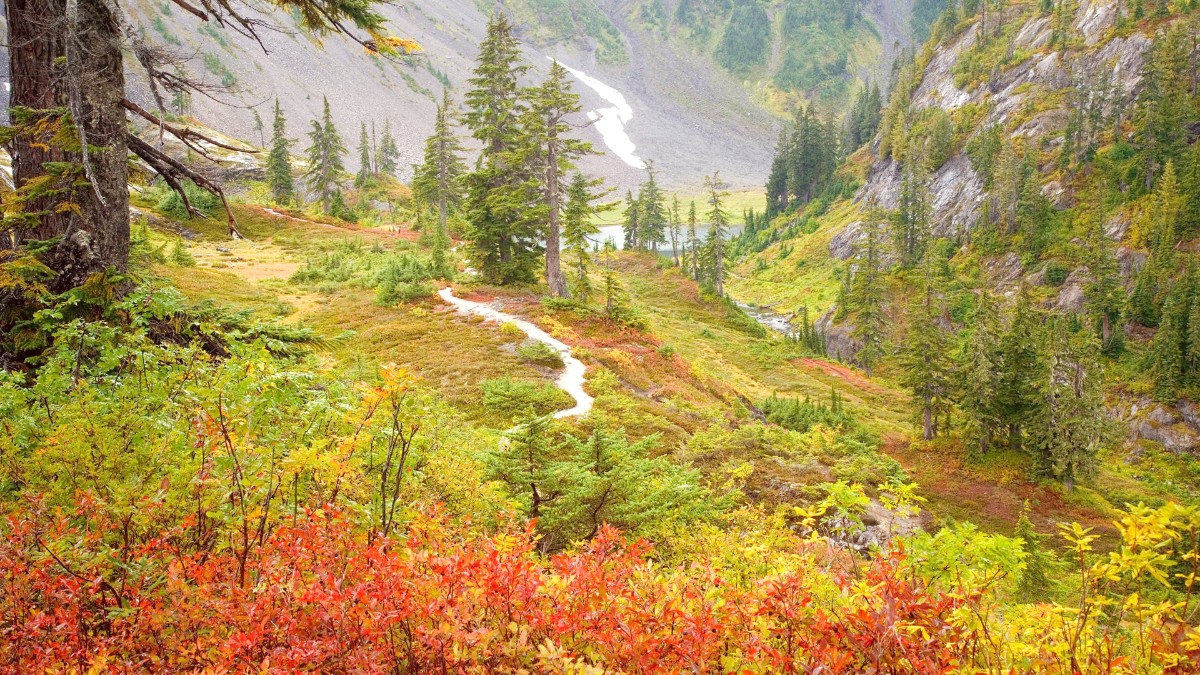
Russian Far East, Russia
Kamchatka's wild landscape features world-class opportunities for hiking, wildlife viewing, and adventure sports.
A popular day hike. The ascent typically takes 6-8 hours. It calls for good physical condition and generally goes with experienced guides due to variable weather and volcanic terrain.
Mutnovsky involves crossing a glacier and exploring an active crater with fumaroles and acid lakes. Gorely is generally easier, with varied landscapes. Both often combine on a single tour and necessitate a specialized tour with 4x4 access and a professional guide.
Most trails feature significant elevation gain and uneven terrain, including rocky paths, muddy sections, and sometimes snow or ice even in summer. Trekking poles are highly recommended to aid stability and reduce strain on joints.
Always travel with experienced guides when exploring remote or active volcanic areas due to unpredictable conditions and wildlife presence.
Engage with Kamchatka's unique cultural heritage through various local experiences.
Few formal initiatives exist. Engagement with local communities often happens through supporting small, locally run guesthouses, hiring local guides, or purchasing directly from artisans. This places economic benefit locally.
No formal language schools cater to tourists in Kamchatka. Learning basic Russian phrases beforehand proves very useful for daily interactions.
The Ethnographic Complex "Kai-Tain" near Petropavlovsk-Kamchatsky offers a look into the region's native heritage.
A lively celebration across Russia, with particular importance in Kamchatka due to its fishing industry. Features fish-related festivities, competitions, and food stalls.
An annual long-distance international dog sled race. A major cultural and sporting event drawing participants and spectators.
Focused on salmon or berries, these events happen in late summer or autumn and create a chance to celebrate local bounty and traditions.
Kamchatka's geothermal activity provides unique opportunities for relaxation and wellness.
Numerous developed thermal springs in the Paratunka Valley offer water for bathing and therapeutic purposes. Mineral-rich waters may have healing properties.
Nalychevo Valley Hot Springs present more rustic, natural hot springs in a pristine wilderness setting, accessible by helicopter or multi-day trek. They offer a truly immersive natural bathing experience.
Accessible by road and a short hike, another option for experiencing natural hot springs in a wild setting.
Limited. These are not a mainstream offering. Some specialized eco-lodges or bespoke tour operators may arrange private or small-group options upon request.
Information on traditional healing practices is not widely publicized for tourists.
Khalaktyrsky Beach lacks beach clubs or typical resort amenities. Resorts in Paratunka often feature heated pools, usually fed by hot springs.
Kamchatka's entertainment and nightlife options concentrate in Petropavlovsk-Kamchatsky and generally present limited options compared to larger cities.
A few nightclubs and bars exist in Petropavlovsk-Kamchatsky, mainly frequented by locals. They present typical nightclub environments.
No dedicated "bar district" exists. Bars scatter around the city center. Organized pub crawls for tourists are not common.
Limited options outside a few bars and nightclubs in the city center. Most activities in Kamchatka focus on daytime outdoor adventures.
Kamchatka features limited luxury or boutique shopping. The focus remains on necessities, outdoor gear, and local goods.
Booking specialized tours well in advance is for securing spots, especially for helicopter excursions and popular treks during peak season.